The design software world just got a major shakeup. Affinity has completely reimagined its approach to professional design tools, consolidating three separate applications into one unified platform that is now entirely free. This is not just another software update, it is a fundamental shift in how creative professionals might approach their workflow, especially within the Apple ecosystem where design tools have always held special significance. The company has merged the capabilities of Affinity Photo, Designer, and Publisher into a single application, while integrating directly with Canva's platform in ways that could reshape the competitive landscape against Adobe's dominance. One app, no price tag, deep Canva hooks.
What’s actually different about this unified approach?
Here is the twist. This is not simply three apps bundled together. Affinity has completely redesigned the platform to offer seamless switching between vector, photo, and layout work. You can edit a product photo, drop it into a brochure, then tweak tracking and leading on a headline. No jarring app hops.
File handling got a rethink too. The new version supports multiple file formats including PSD, AI, PDF, SVG, TIFF and IDML, along with a unified proprietary Affinity format. The real breakthrough is how the desktop publishing tools now allow editing of images, graphics and text within the same workspace. Picture this, you start with raw architectural photos, adjust exposure and color, draw vector overlays for floor plans, then lay everything out for a client presentation, all without swapping apps or passing files back and forth.
That unified flow tackles a classic creative headache, the export and reimport treadmill that shatters focus and can nick quality with every conversion.
How does the Canva integration actually work?
This is where Canva's acquisition of Serif last year shows its hand. The tie-in goes deeper than file shuttling. Users can access Canva AI tools directly through the new Canva AI Studio within Affinity, including Generative Fill, Expand & Edit, and Remove Background. Think quick cleanup on product shots, extending a canvas to fit a layout, or peeling a subject off a messy backdrop. Handy when a deadline is breathing down your neck.
There is a practical catch, users need to create a free Canva account, though no Canva Pro subscription is required for the basics. You are stepping into Canva's world, just not on a paid plan.
Teams get a bridge as well. The platform enables Canva premium users to export projects directly to Canva for collaboration and publishing tools, so designers can craft the heavy-duty assets and hand them to teammates who live in Canva. Fewer bottlenecks, fewer “can you export this again?” pings.
What does "free forever" really mean here?
Let us talk business model. Previously, Affinity's Designer, Photo, and Publisher software required a one-time $70 purchase. Now, the unified platform is completely free with all features accessible from the start. No gatekeeping tools behind a paywall.
Strategically, it is a clean shot at Adobe's subscription fatigue and a way to widen Canva's ecosystem. By removing the upfront cost, Canva positions itself as a place where casual creators and power users can both get work done, not separate camps on separate products.
One more key point, users who do not want to use generative AI tools can still use Affinity for free. That nod to AI skeptics matters, and the company keeps emphasizing the "free" nature of the new app. Will that promise hold years from now? We will see.
What happens to existing Affinity users?
If you already paid, you are not being shoved onto a new track. Older versions of standalone Affinity apps will continue working for anyone who previously purchased them, and there is no forced migration.
There is some fog on the horizon. The V2 editions of Designer, Photo, and Publisher were pulled from the Affinity website several weeks ago, and Canva has not clarified future support updates. Translation, you can stay put for now, but momentum points toward the new app.
For newcomers, the path is straightforward. The unified app is currently available for Mac and Windows, with an iPad version planned for next year. That iPad gap matters, Affinity's tablet apps have been favorites for touch-first artists, so there is a temporary hole for that crowd.
Where does this leave the design software landscape?
This unified platform reads like a bold swing at Adobe's rising Creative Cloud costs. With Canva's acquisition of Serif last year, the combined offering finally looks like a true alternative that stretches from quick social graphics to deep, print-ready work.
Encouraging sign, the roadmap was guided by Canva's Designer Advisory Board and conducted in collaboration with creators. That suggests they listened to actual workflows, not just spreadsheets. The open question, can they keep the precision and speed pros loved in Affinity while layering in Canva's ease?
For Apple users, this could be a turning point. Native performance, unified tools, zero cost, it is a tempting combo that pokes holes in Adobe's subscription pitch and stretches Canva past its past limitations.
As always, execution is the ballgame. If the unified workspace truly keeps you in flow without trimming pro-level depth, that is a genuine disruption. And since you can kick the tires without spending a cent, it is worth a spin, especially if Adobe's subscriptions have been feeling like a monthly tax.




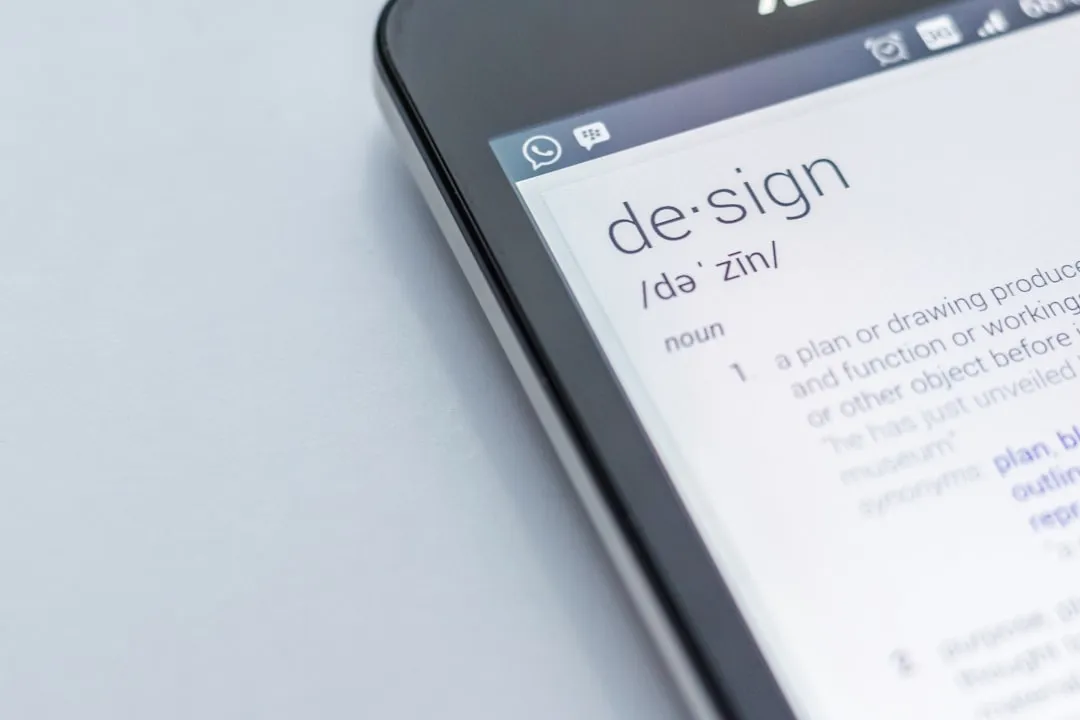
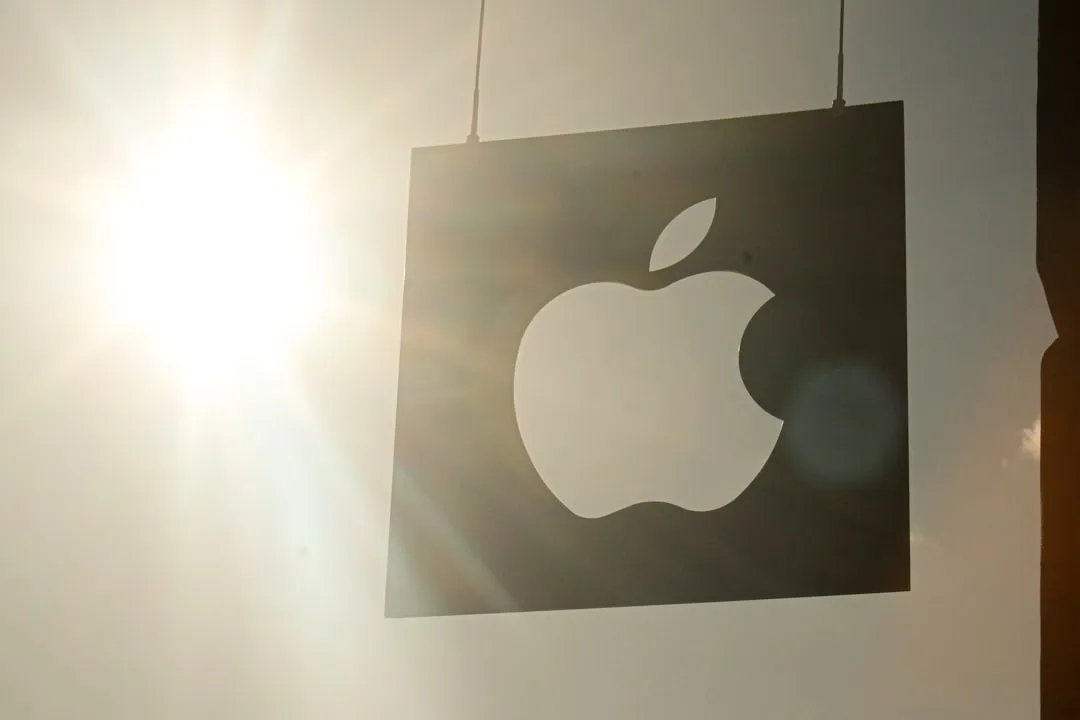
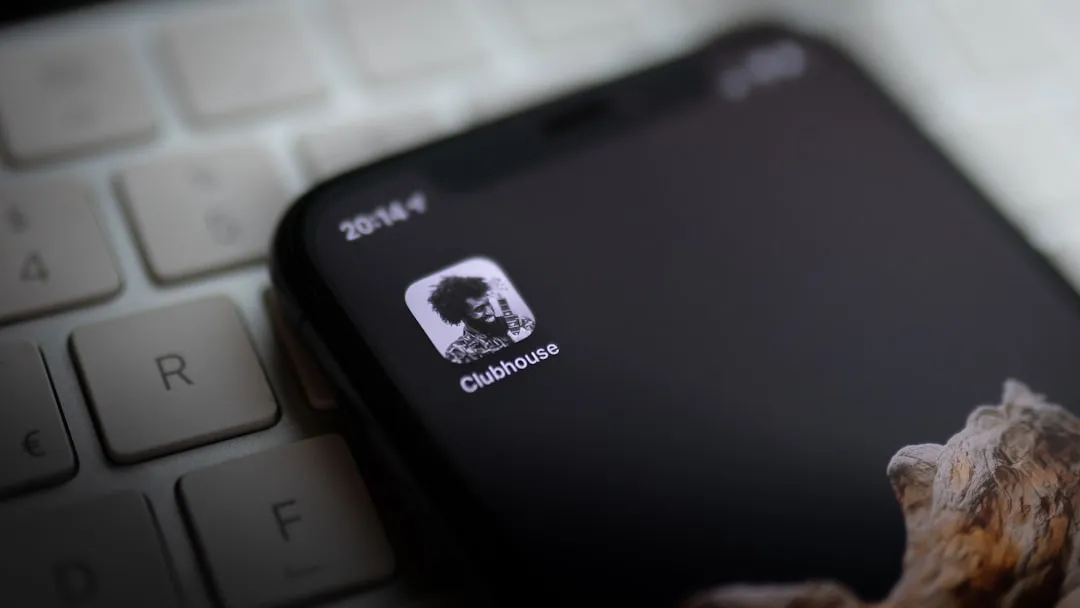
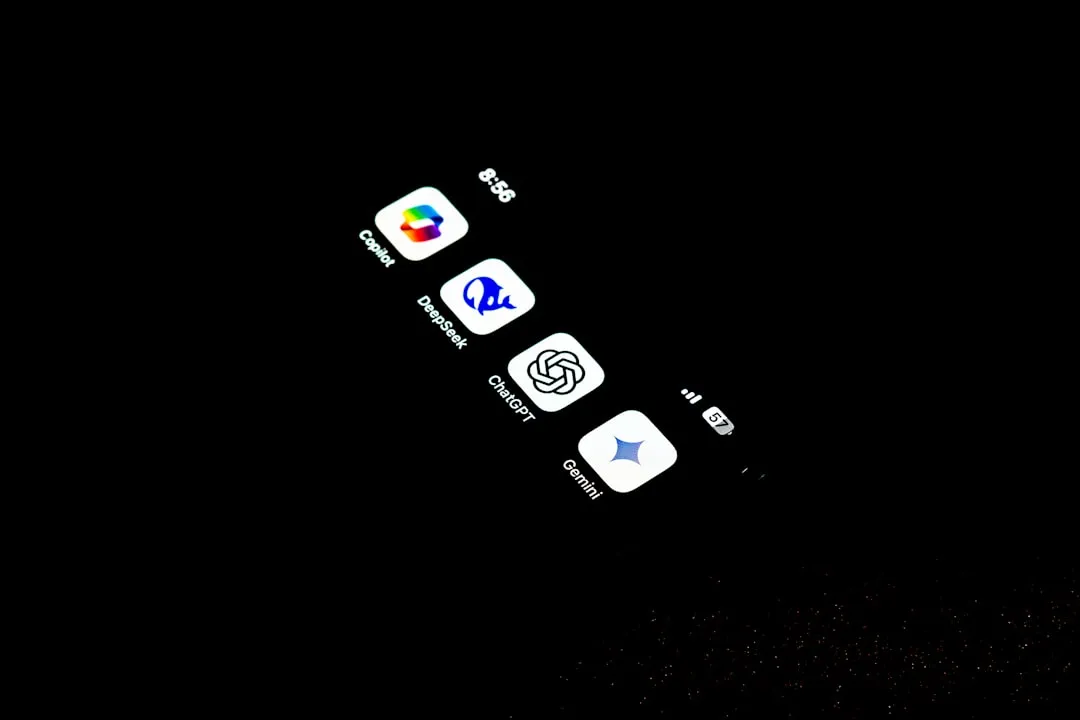
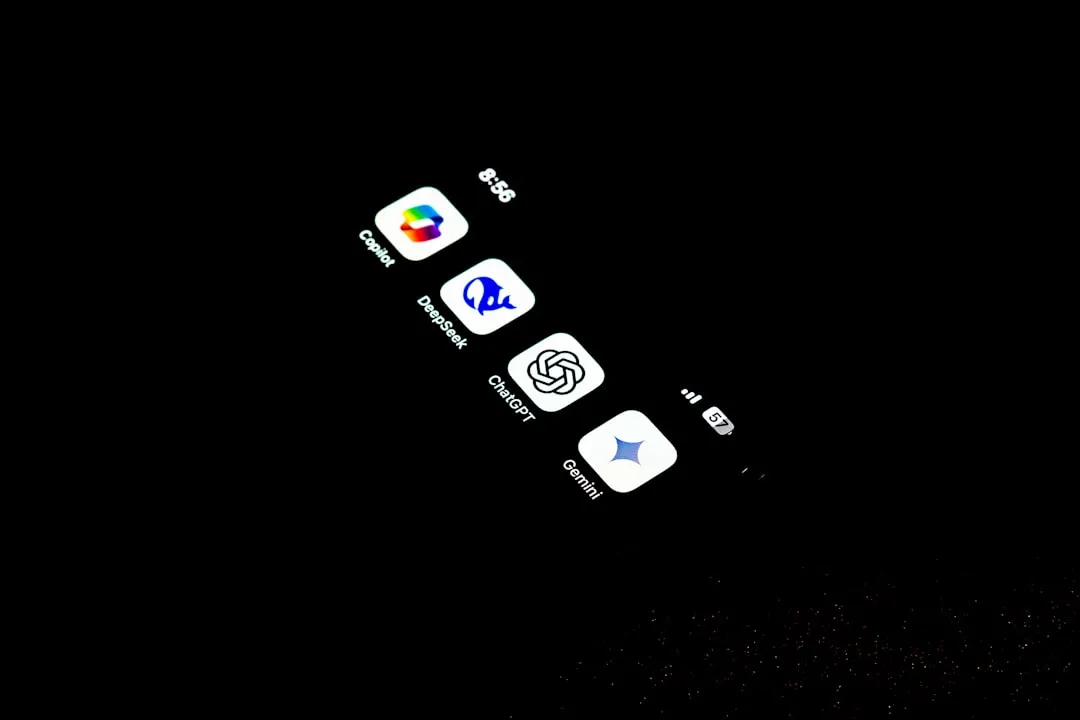


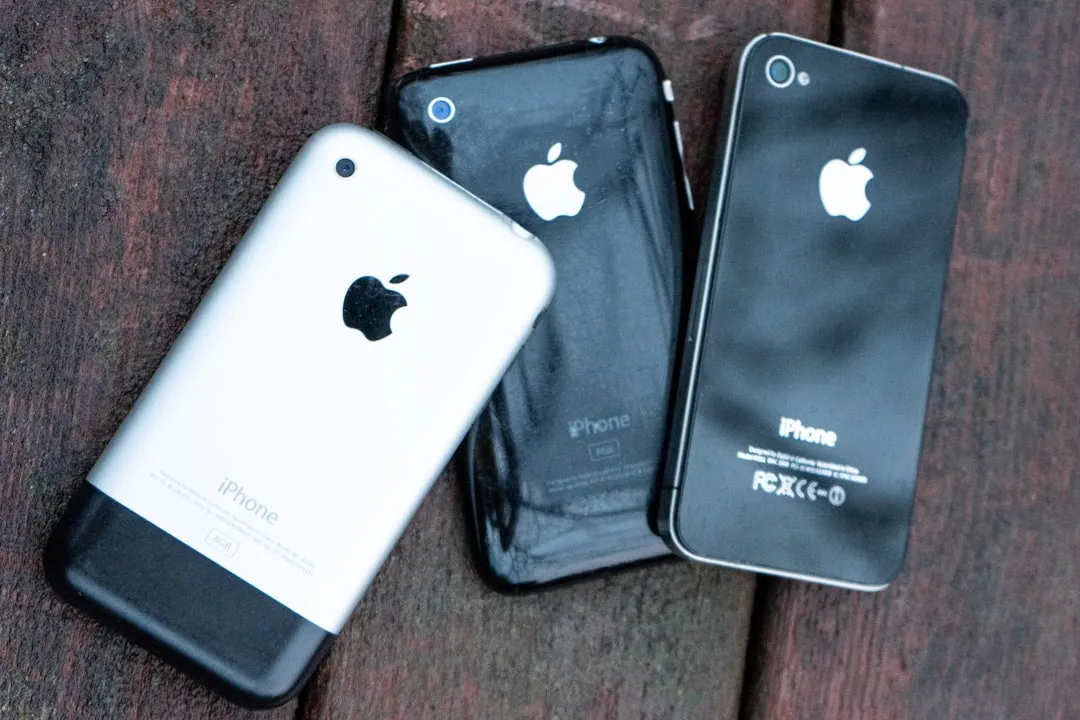

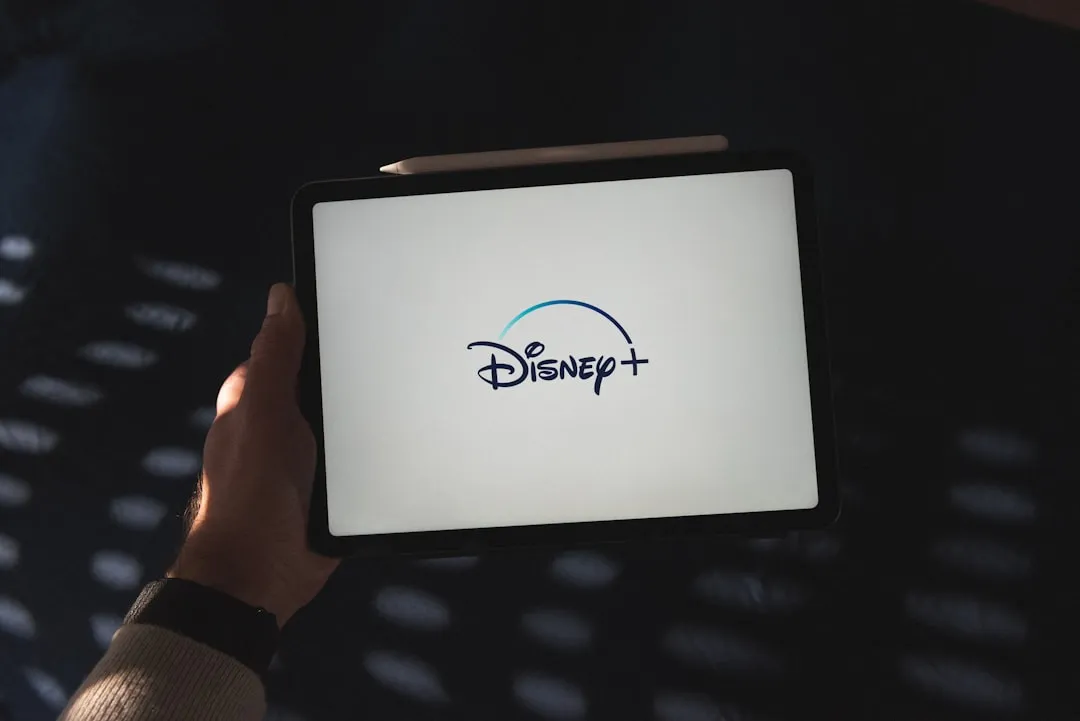
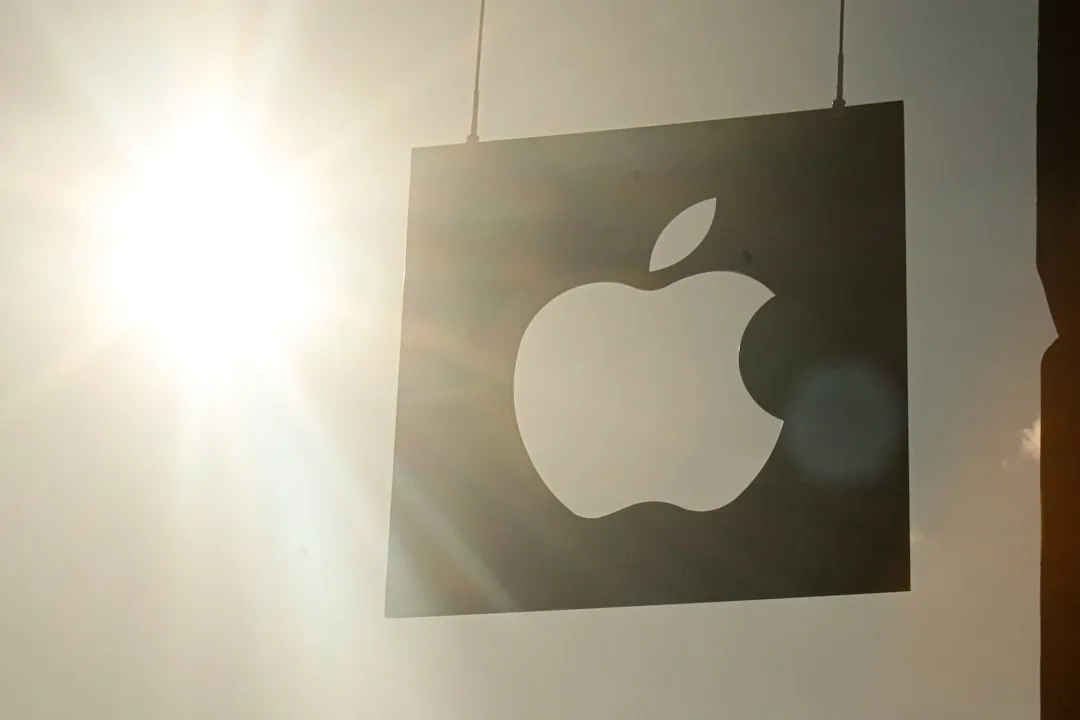
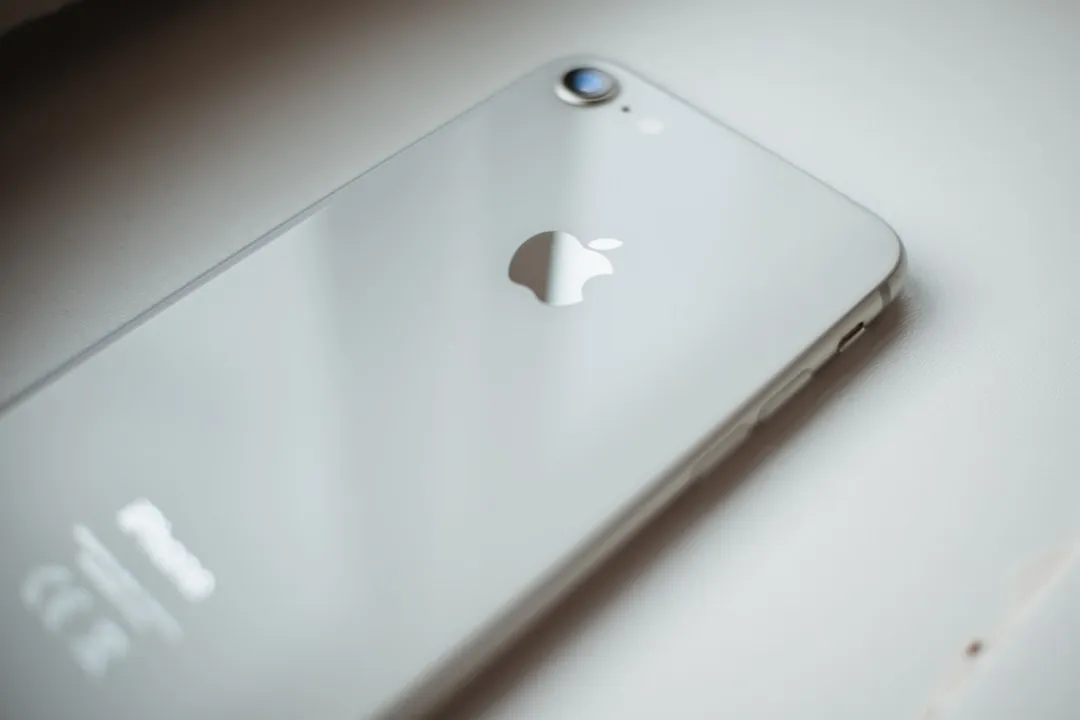
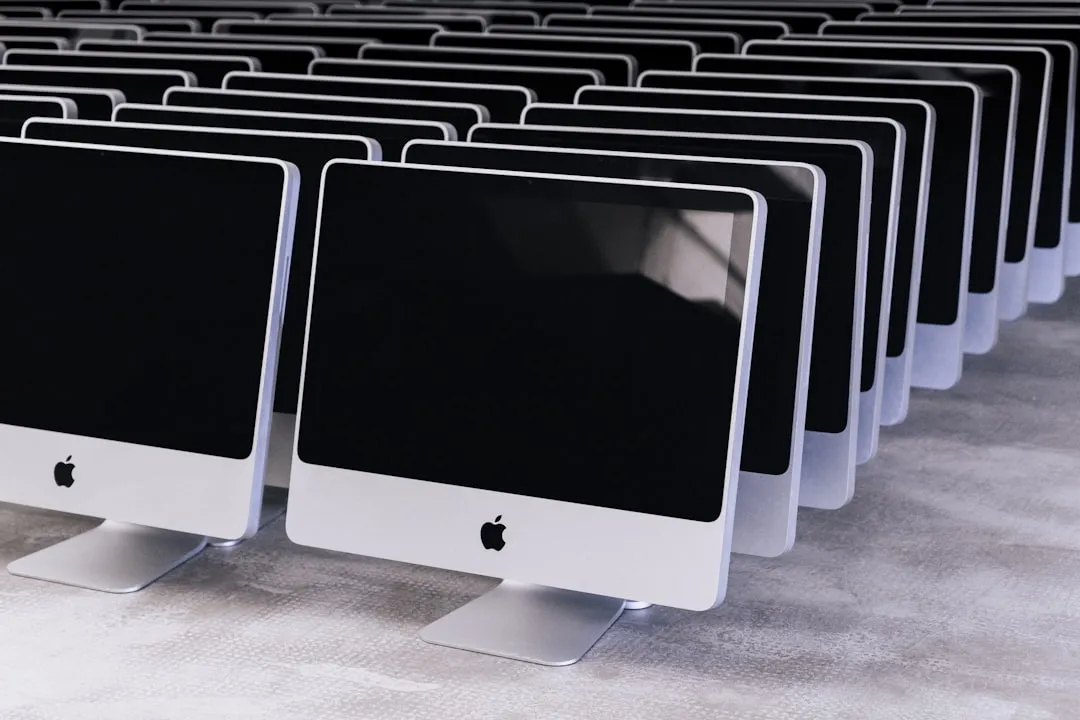

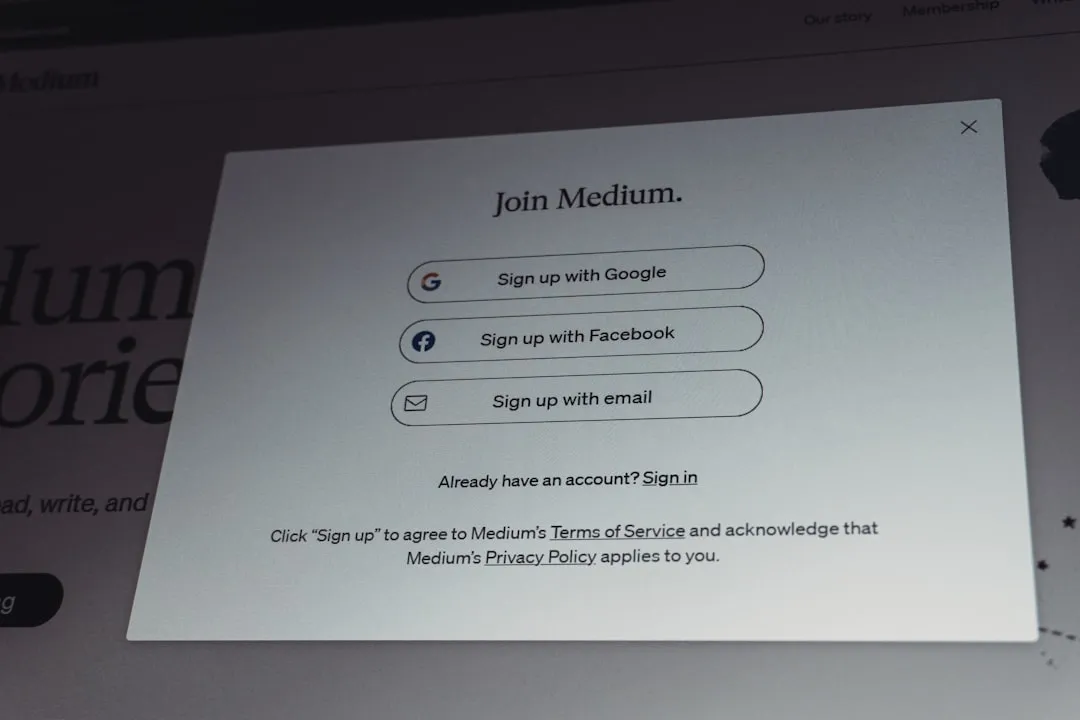
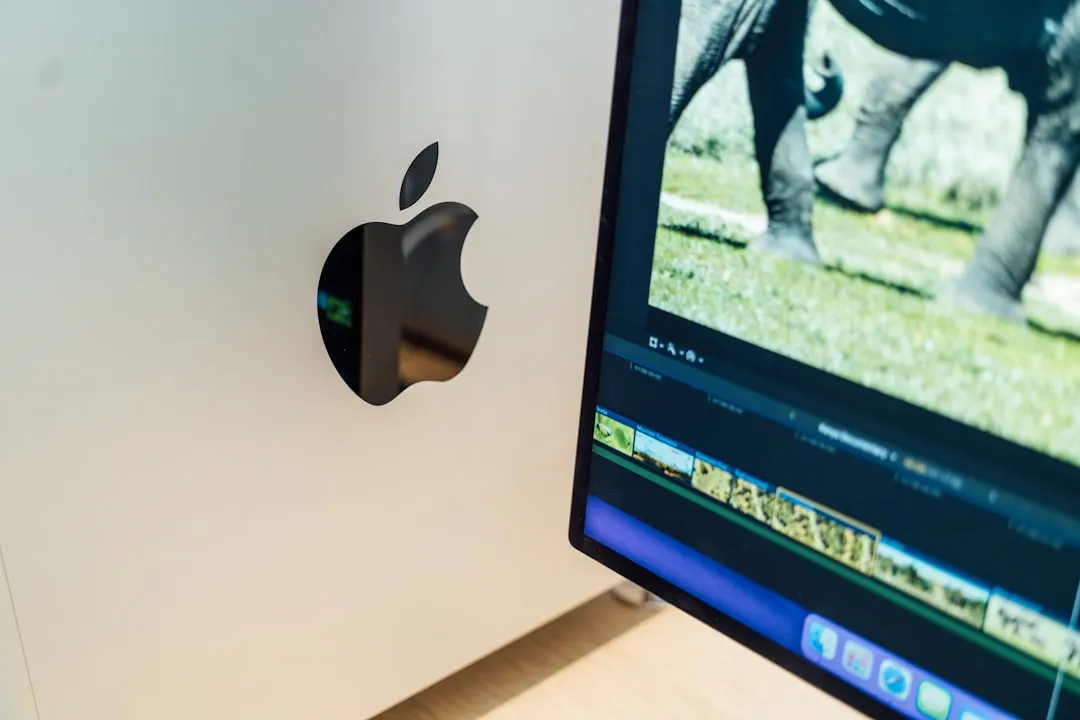
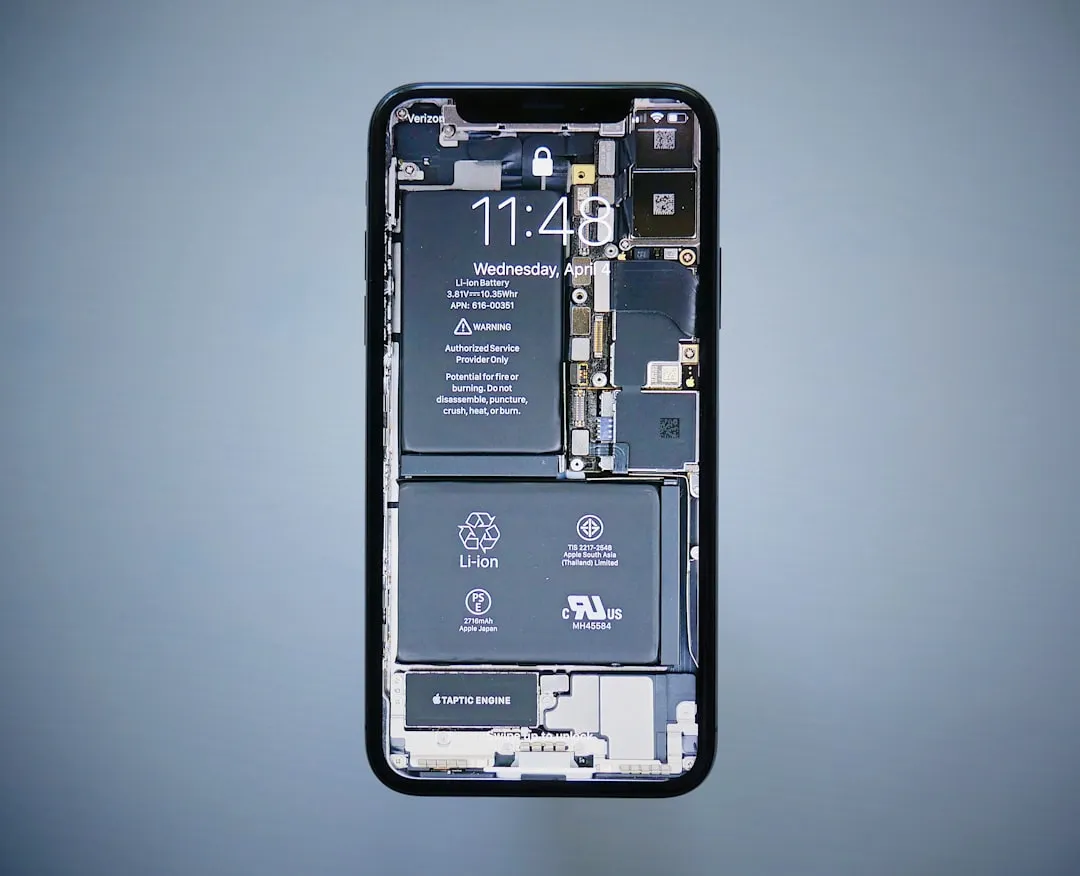

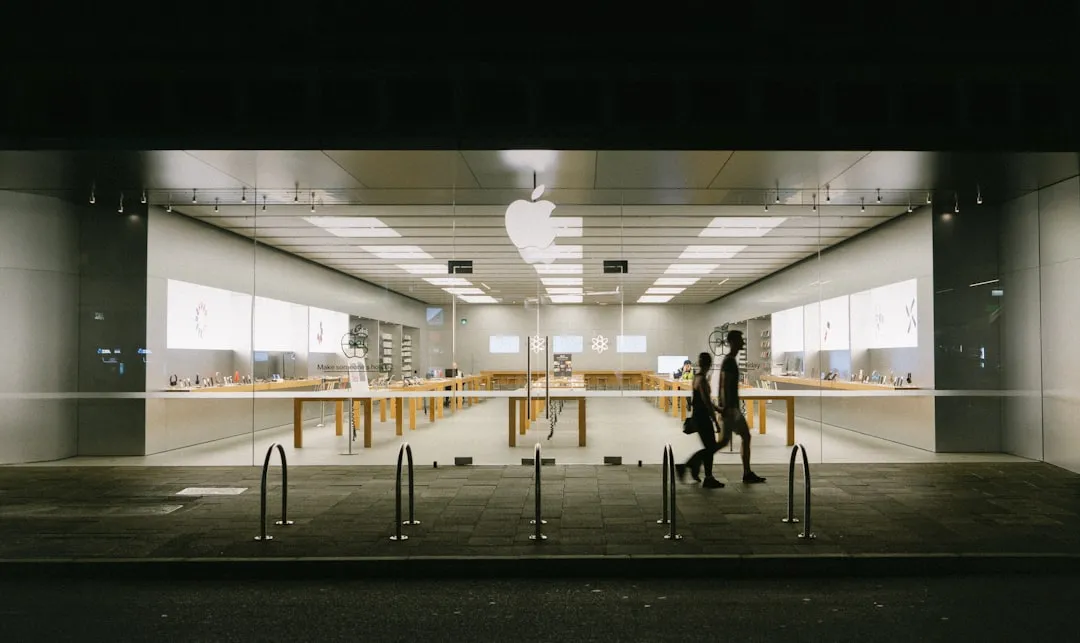
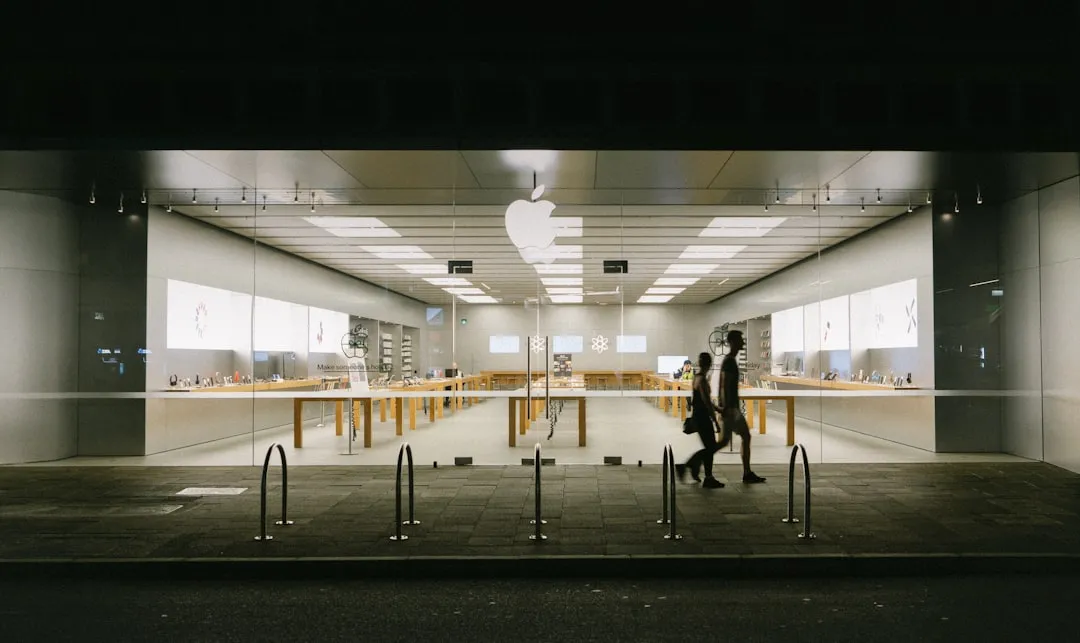

Comments
Be the first, drop a comment!